Extremadura is a cultural universe that never ceases to amaze. Even more so when from Europe they are telling us that we have in this region a cultural richness that we probably do not know how to appreciate.
It happens when we hear the characteristic accent of an Extremaduran, that moment when the word “castúo” comes to mind and we let ourselves be carried away by a collective imaginary who has wanted to place Extremadurans (and their peculiar speech) in a thinking corner.
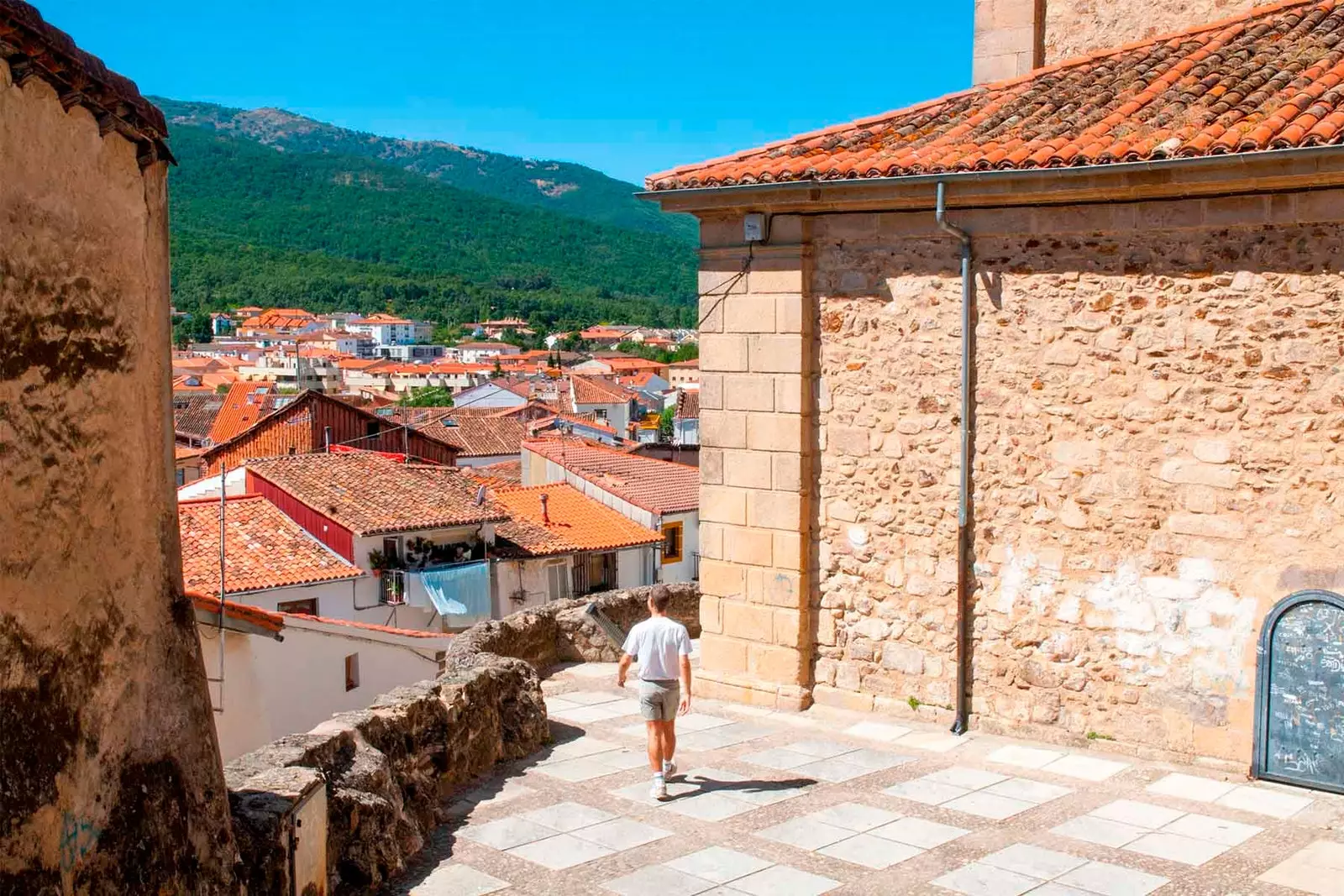
Extremadura has a historic surprise in store for you at every step you take.
And that is what Extremadurans have done in that corner: think. Thinking about how to tell the rest of Spain and the world that Castúo, or rather Estremeñu, is a language that refuses to be forgotten, that refuses to be branded as "badly spoken Spanish", that refuses to the cultural impositions of what is politically correct or not. In short, he refuses to hide.
Today we wanted to learn to speak estremeñu, and it was a bit difficult for us, That's why we had to turn to the experts.
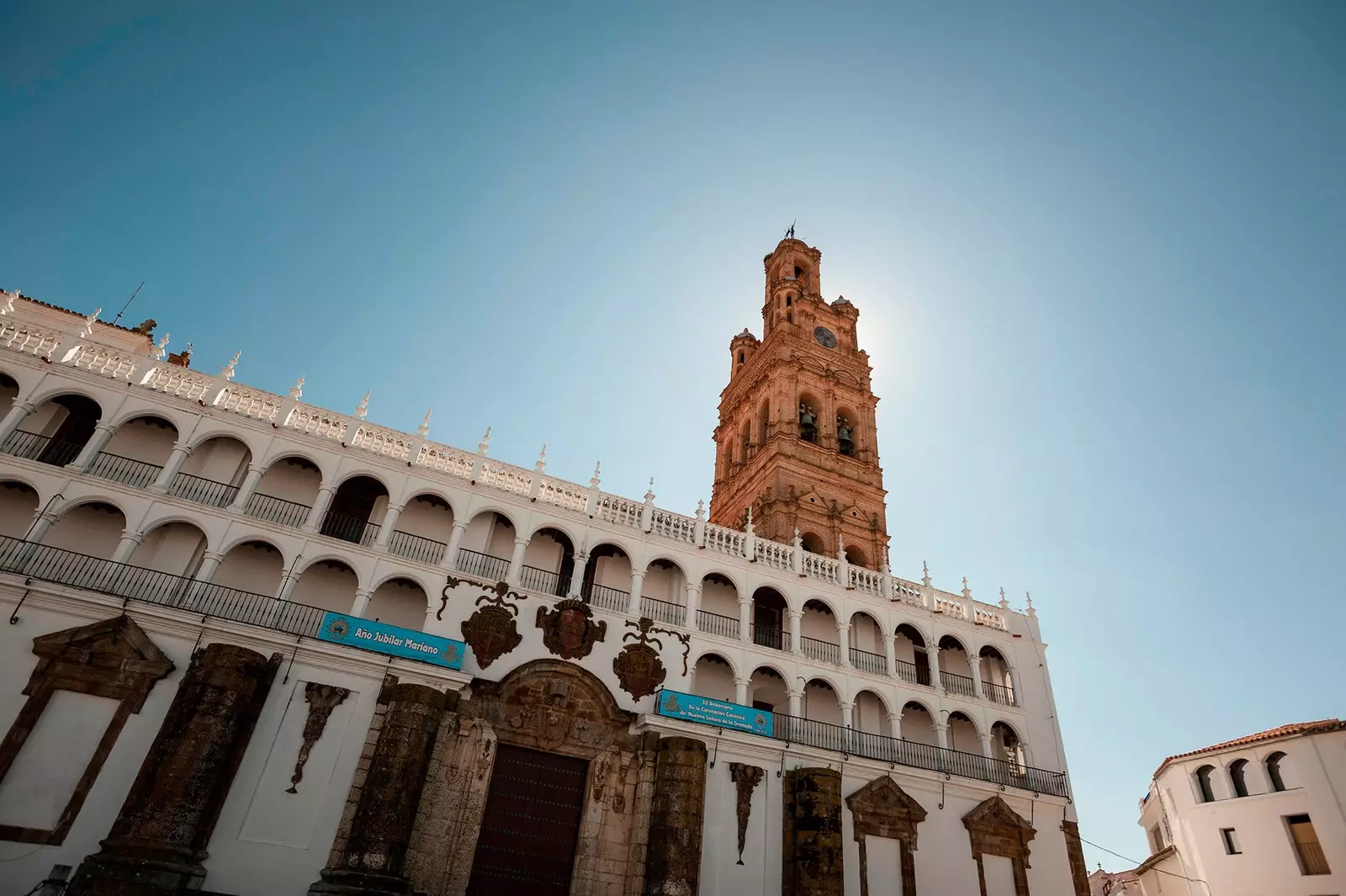
Church of Our Lady of Granada, in Llerena (Badajoz, Extremadura).
FROM ESTREMEÑU TO CASTÚO
Whenever mention is made of the language of the Extremadurans, it is said that they communicate in their own speech called “castúo”. And this could be said to be a half reality since Estremeñu can be perfectly considered a language and the name "Castúo" was a later contribution.
We wanted to know a little more and we have approached the Hurdes to speak with Aníbal Martín, translator, very interested in linguistics, member of the Body for Monitoring and Coordination of Estremeñu and its Culture (OSCEC) and one of the great defenders and cultural promoters who manage to keep this language far from oblivion.

Las Hurdes in Cáceres.
Hannibal reveals the secret to us, reminding us that the UN itself recognizes Estremñu as a language that is included in that black list of languages in danger of extinction: "The term 'castúo' was coined a century ago when the poet Luis Chamizo published his book The Miajón of the Castúos. Castúo refers to the caste, to that lineage of peasant people who have maintained their customs generation after generation and who had that language.
That is why the speech began to be called castuo and it is perfectly acceptable. Although the proper thing is estremeñu, with s and not with x”, he points out. Much of Extremadura was repopulated with people from the Kingdom of León as the Reconquest progressed. For this reason, the Asturian-Leonese came to these lands from the eastern part of the kingdom of León, with all its peculiarities.
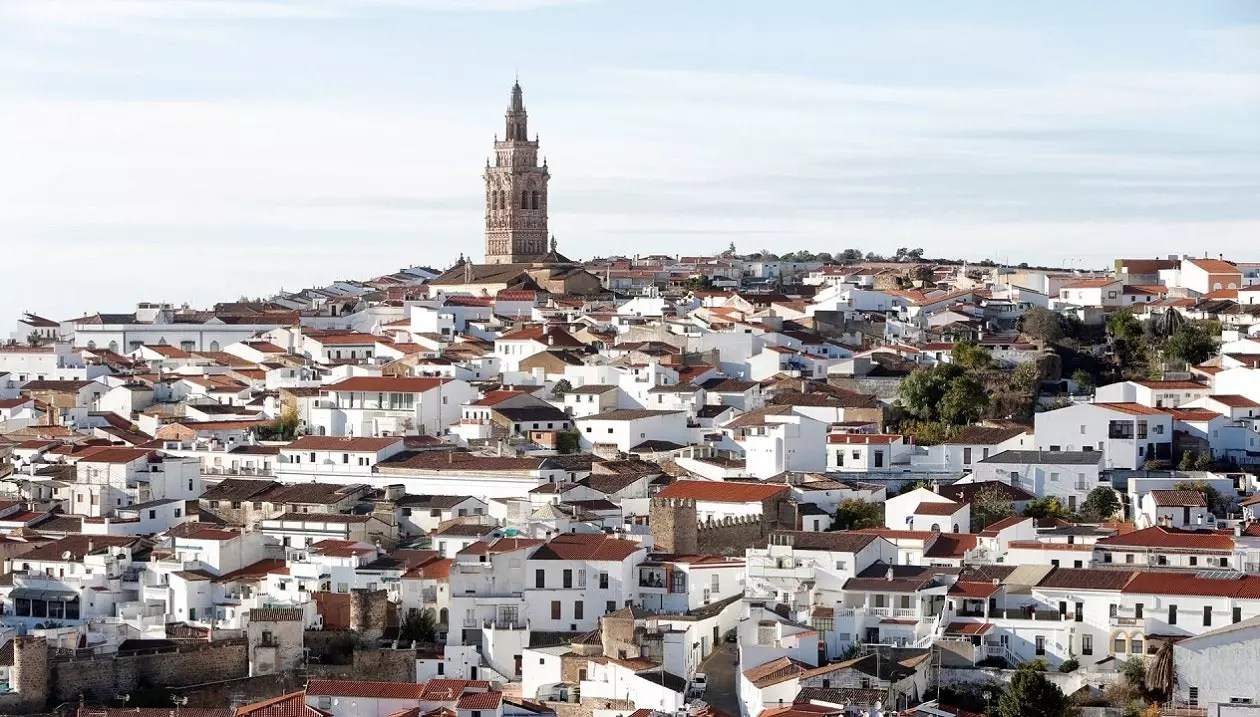
Jerez de los Caballeros, Extremadura.
“This language is closely related to Cantabrian, a language that is now becoming known and of which few people have knowledge. When this Leonese language settled so far south, it adopted its own differentiating characteristics such as that aspirated, gradually creating estremeñu”, explains the translator, adding that it must also be taken into account that estremeñu has many words shared with Galician-Portuguese.
Estremeñu has a different spelling, and this has been one of the most exciting tasks of the OSCEC. A new dictionary has been created and, among many other activities, they hold talks in the towns of Extremadura in order to maintain this beautiful language of which little is spoken.
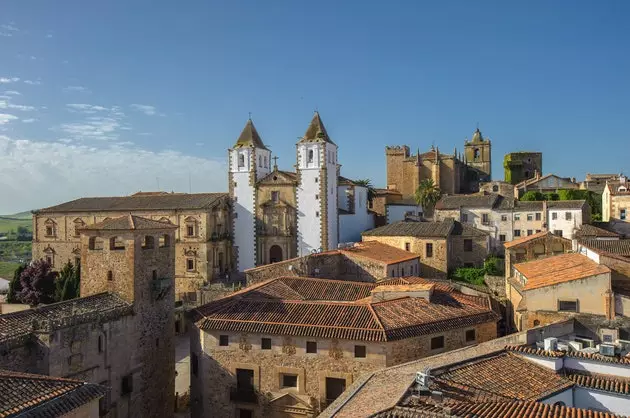
The wealth of peoples is also linguistic.
In addition, Aníbal tells us that geographically the Estremeñu has not developed in the same way. “In the northwestern region is where the language has been preserved the most, the area of Las Hurdes. Each town had its own way of speaking and what estremeñu intends is not to impose itself as a language but to be the link so that the towns listen to each other and see similarities and differences in each one's estremeñu. The purpose of language is to integrate and not impose”.
In the history of estremeñu there was a before and after and that turning point came in the 60s with the literacy policies of the Franco regime. “It is possible that it was thought that estremeñu was a thing of the people, of people who did not know how to speak Spanish well as a result of illiteracy. Unfortunately, the richness of the estremeñu was not respected and it is now in danger of extinction. Although there were still people like my grandmother, who did not know how to speak Spanish, only spoke estremeñu and also very fast”, Hannibal tells between laughs.
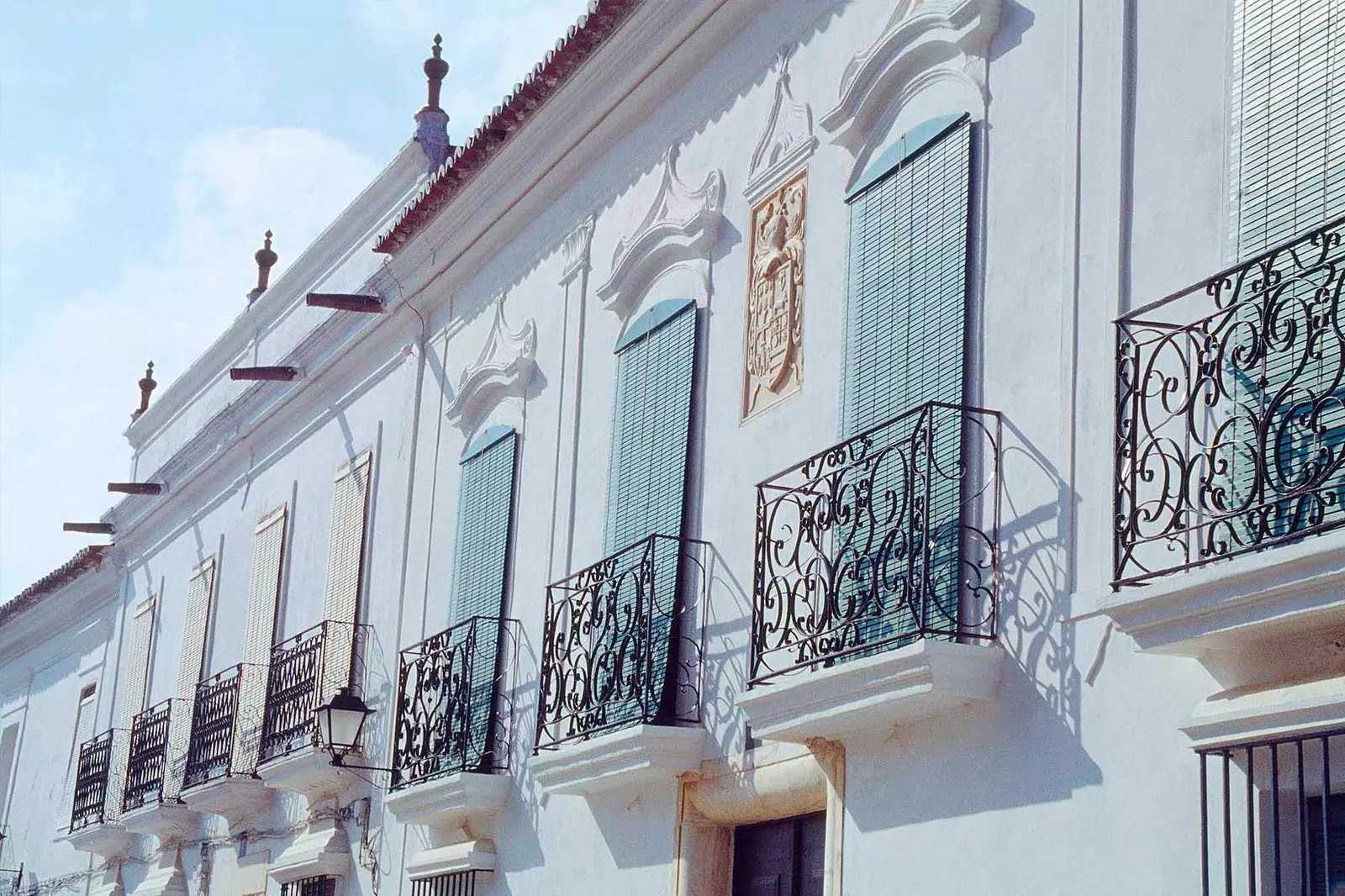
Olivenza, Badajoz (Extremadura).
A LANGUAGE THAT IS RECOVERING
For a Spanish speaker listening to a person speak in Estremñu can be very difficult to understand. Moreover, almost certainly he would not understand anything that has been said, since the pronunciation and much of their vocabulary is different. In fact, estremeñu has its own grammatical and orthographic characteristics.
The Council of Europe recognizes Estremeñu as a language, although as a dialect it has been
of a century that was recognized. And that would put it at a level almost on par with Galician, Catalan or Basque. The work they are focused on now is to remove Estremeñu from that abominable black list of languages in danger of extinction and for this they carry out conferences at the University like the ones they do this month at the University of Salamanca or talks in the villages to share the language.
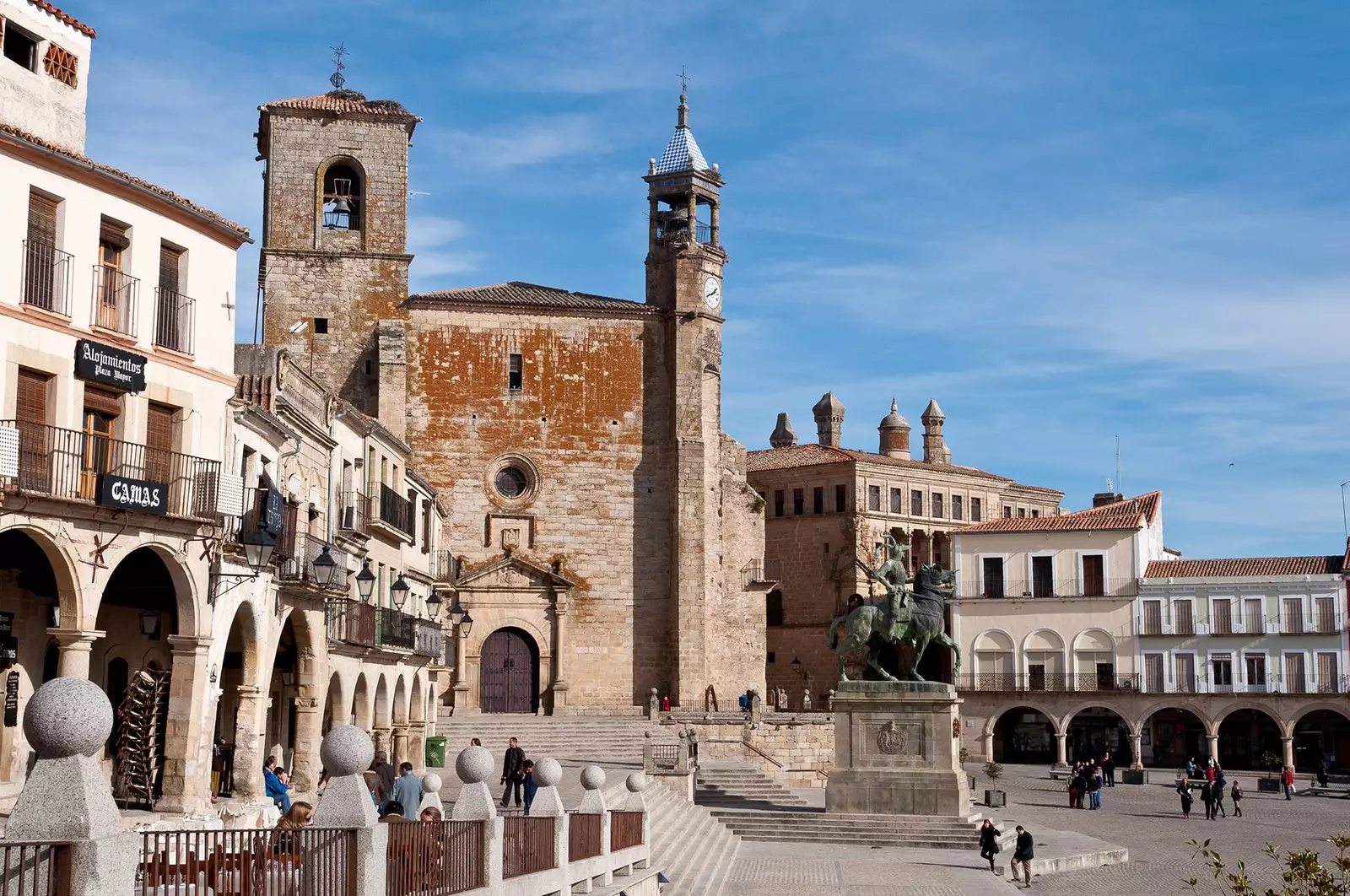
Trujillo, Extremadura.
It is estimated that approximately Some 10,000 people speak Estremeñu, mainly in the areas of Las Hurdes, and the western part of Extremadura. And each town has its own way of speaking Estremeñu, which makes studying this language even more fascinating. There are many features that differentiate it, such as the closing of words in 'u' or 'i'; the aspirated 's'; many times the 'o' becomes 'u' or the verbs end in 'l', the existence of an aspirated 'h' in the place of the 'f' in Spanish And a long etcetera.
That's without counting the number of own words that are part of their own vocabulary (around 18,000 words). One of the things that is clear is that if Estremeñu has been maintained it has been because the people of the towns have wanted to continue speaking it. Today, the work of Associations such as the OSCEC or cultural promoters such as Aníbal Martín make it possible for us to have a reason to turn our country into a more diverse place where there is room for one more language.
Because for culture there is always a gap, and the estremeñu deserves its place among us, Although some of us find it so difficult to learn it.
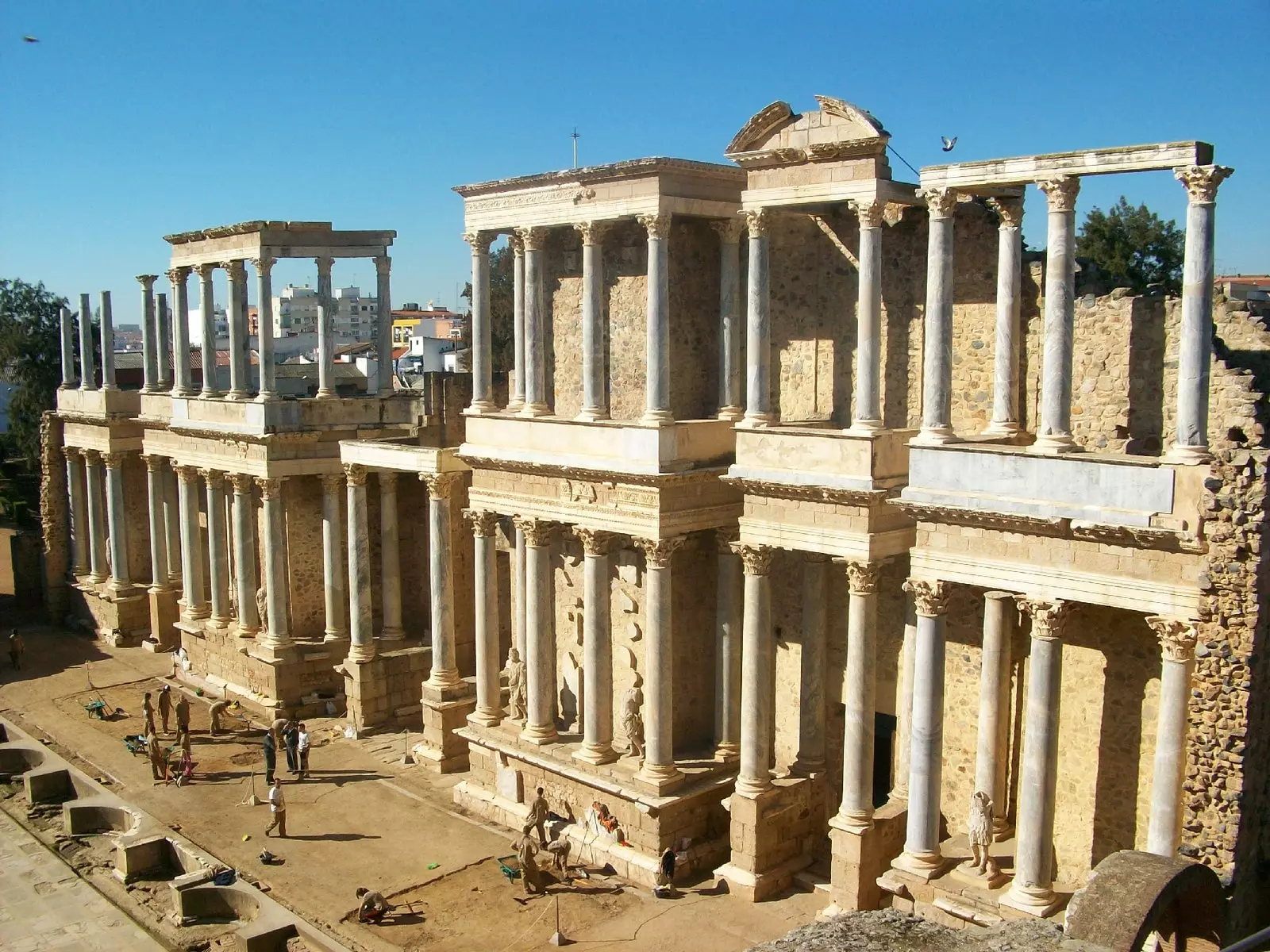
Merida.
"That's how I want to say it, say the things I feel, with this feeling so deep, that this town has
ours Assín, I want to sing, nice kitchens versus this land of my blood that fills me if I lie to it”
(Cruz Diaz Marcos - Poet)
BOUS TRACK FOR THE CURIOUS
Among the towns of the Sierra de Gata, La Fala is spoken, a dialect that has been recognized as an Asset of Cultural Interest since 2001. Some towns like Valverde del Fresno are bilingual and you can even find a restaurant menu in two languages. This language, which has Galician-Portuguese roots and great influence from Estremeñu, is spoken there normally.
The OSCEC website itself has a Estremeñu dictionary that can be consulted freely. It is very curious to see the similarity (or not) that many words have with Spanish. Rayano Portuguese, also known as “oliventino” is another of the linguistic modalities that are practiced in Extremadura. It is known as Oliventino because it is spoken in Olivenza and Táliga. As you can see, the linguistic tangle of Extremadura is exciting.
